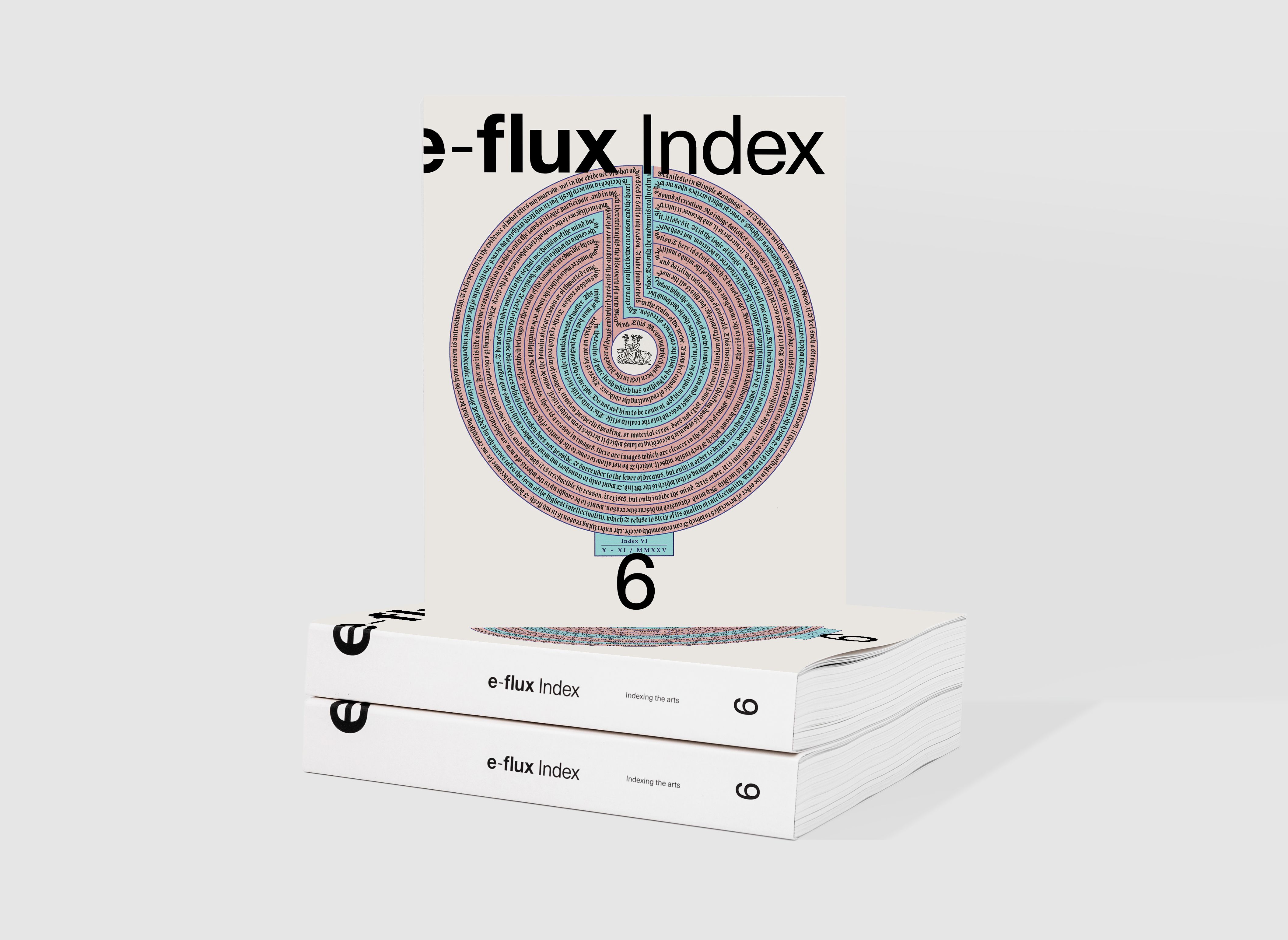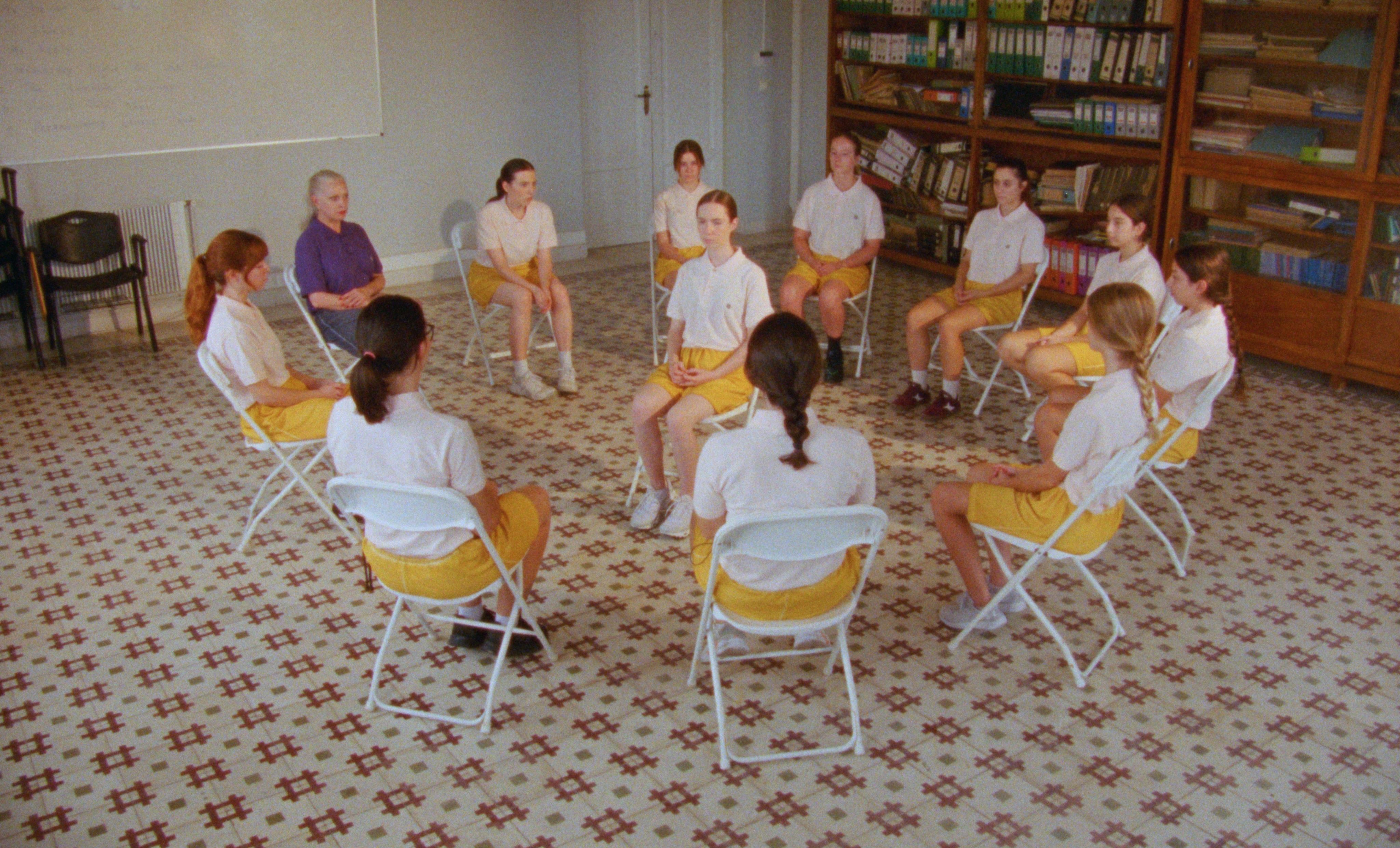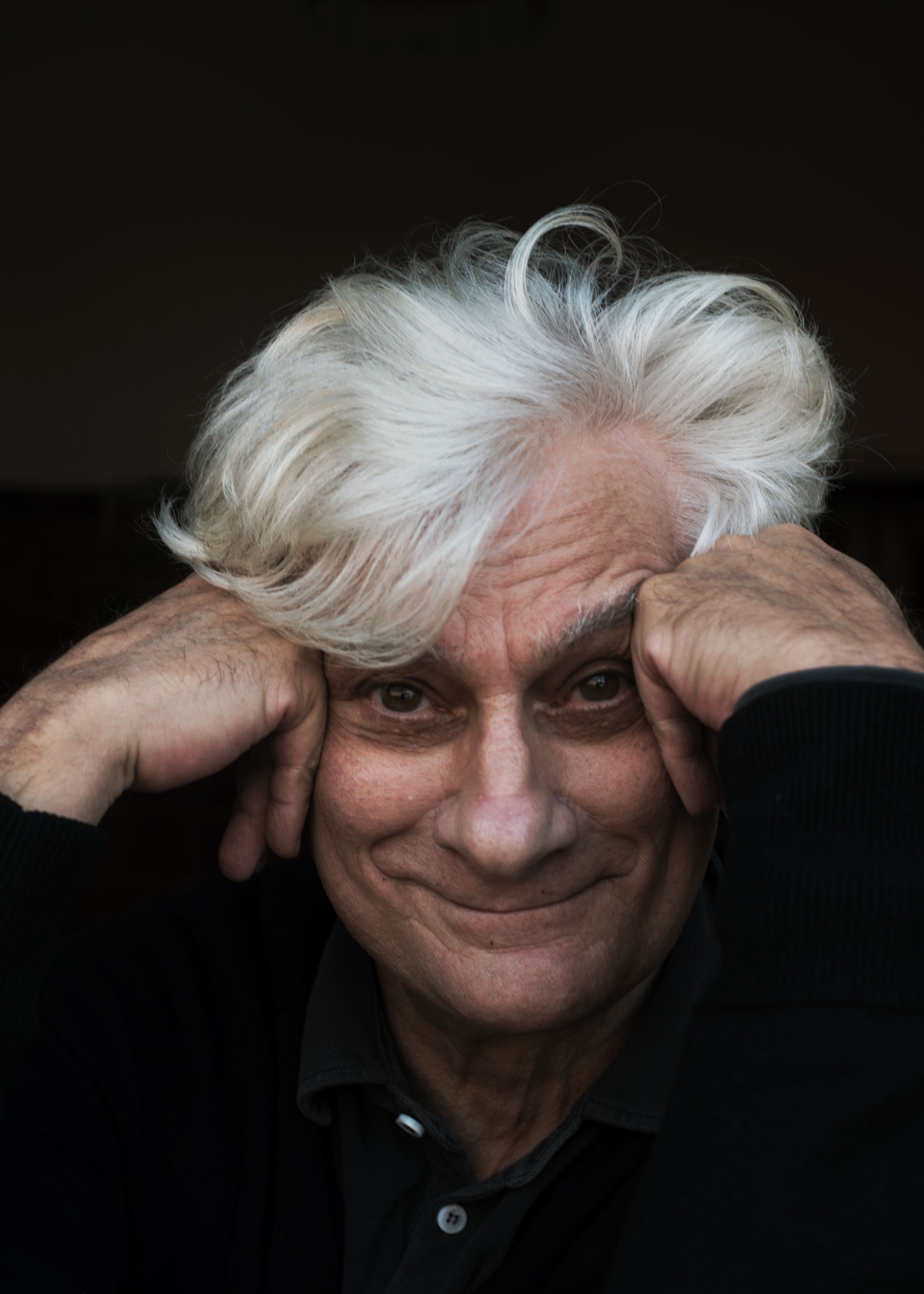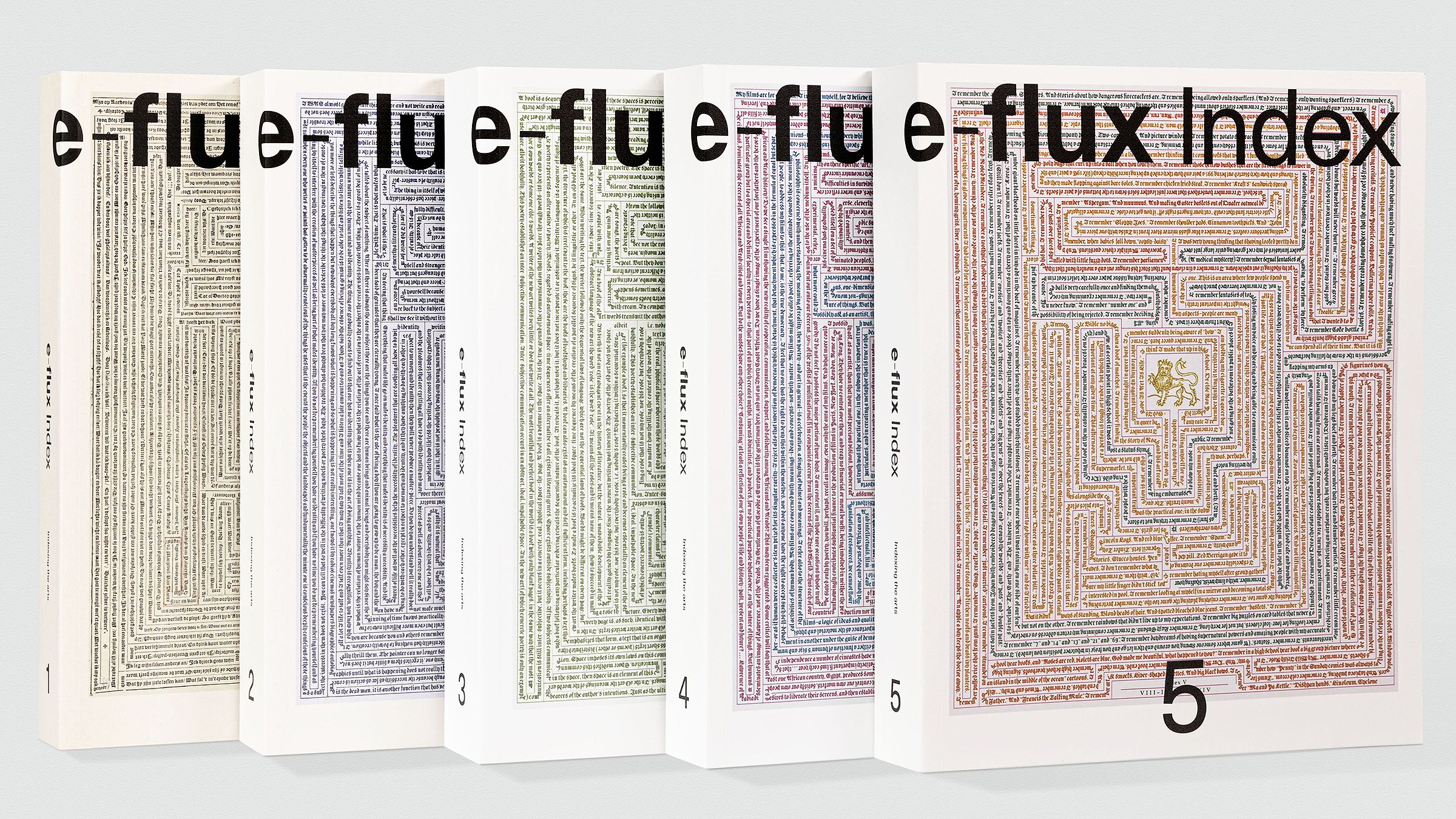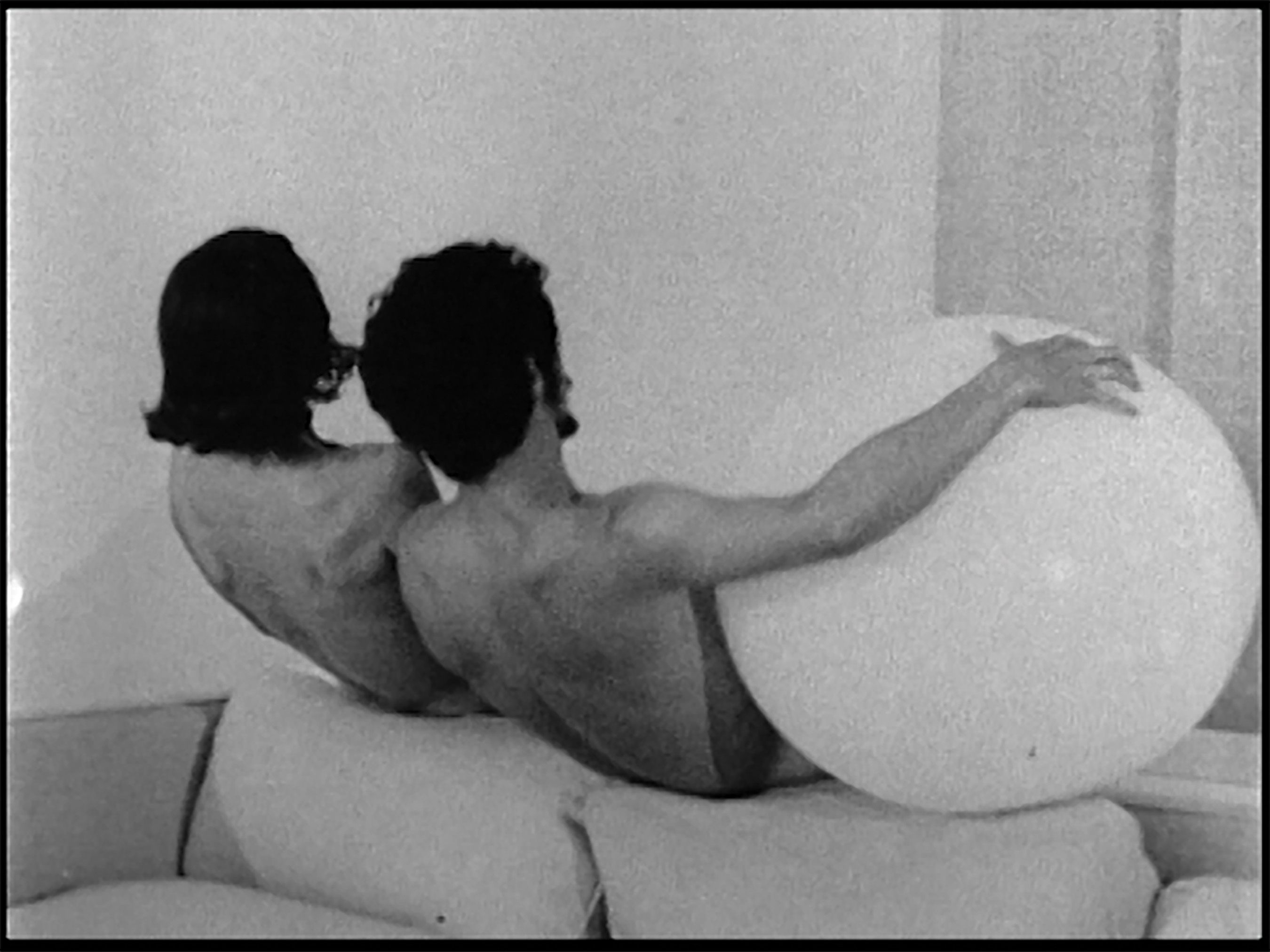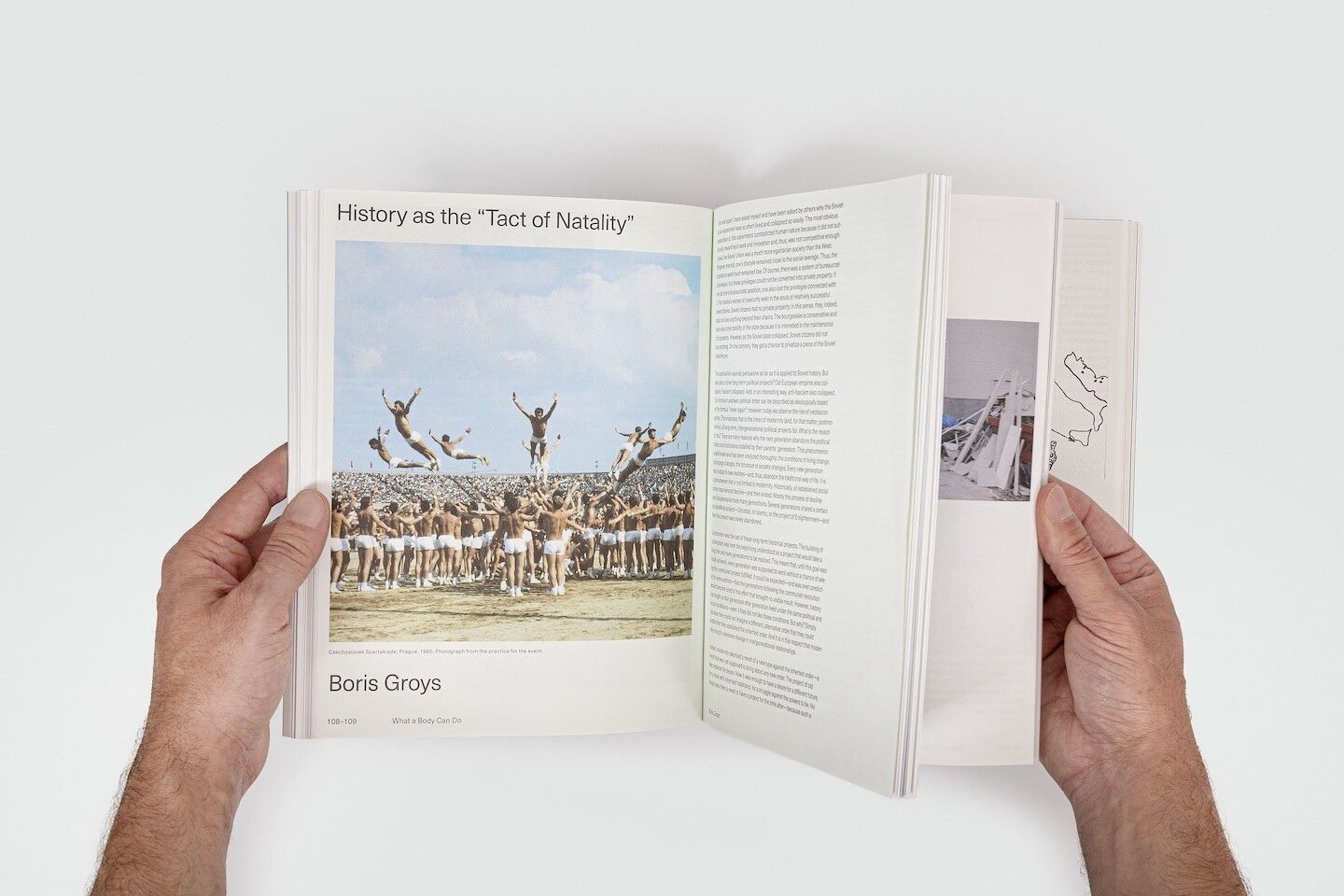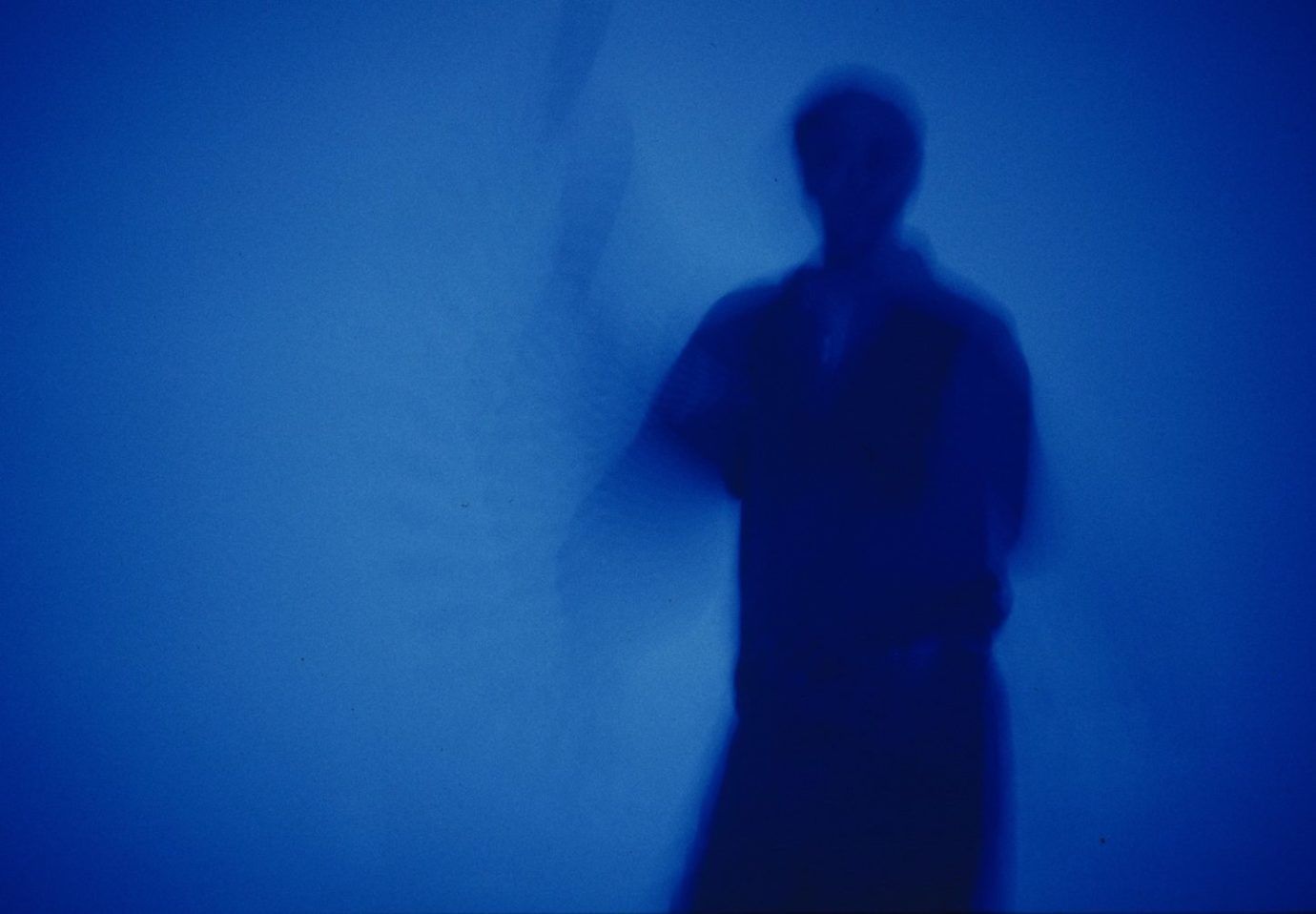Part Two | War Machines and Environmental Memories
Join us on e-flux Video & Film for War Machines and Environmental Memories, the second part of the online series Ecology After Nature convened by Lukas Brasiskis.
The films presented in this second part deconstruct the idea of the war machine and its infrastructures, focusing on the savage effect military ambitions have exerted on the environment. Erasing the boundaries between past and present, reality and dreams, Jorge Jácome’s Flores (2017), Beatriz Santiago Muñoz’s Other Uses (2014), Sasha Litvintseva and Daniel Mann’s Salarium (2017), and Emilija Škarnulytė’s Sirenomelia (2018) critically examine entanglements of military and natural forces, proposing the war machine as a potential site of environmental memory.
The films will be on view for two weeks from Friday, August 28 through Thursday, September 10, 2020.
Ecology After Nature, Part Two: War Machines and Environmental Memories
Friday, August 28–Thursday, September 10, 2020
Jorge Jácome, Flores, 2017
26 minutes
In this anthropocenic plot twist merging documentary and science-fiction, the entire population of Azores is forced to evacuate to the mainland when an uncontrollable infestation of hydrangeas—already abundant due to the terrain’s volcanic soil—overruns the islands. Two young soldiers, bound to their homeland by the beauty of the landscape, guide the viewer through the stories and sorrows of those forced to leave, and the soldiers’ own desire to resist by choosing to remain on the islands. The filmic wandering becomes a nostalgic and political reflection on territorial belonging and identity in the wake of ecological disaster.
Beatriz Santiago Muñoz, Other Uses, 2014
7 minutes
The old fuel dock of Roosevelt Roads, a decommissioned US Naval Base of in Ceiba, Puerto Rico, is a mile-and-a-half-long structure once used to service battleships, and now appropriated by local fishermen as an extended shoreline. On one side of the dock is a view of the Island of Vieques, and on the other, of Vieques Sound—a passage that connects the Caribbean Sea with the Atlantic Ocean. The film is shot through reflective objects of Santiago Muñoz’s making, a formal experiment that enables the film to transform and collapse the monumentality of the view—taking its cue from the fishermen’s own transformations of the military base, its uses and meaning.
Sasha Litvintseva and Daniel Mann, Salarium, 2017
42 minutes
Departing from the etymological derivation of the words “salary” and “soldier” from “salt,” Salarium explores the entanglement of economic, military, and geological forces as manifested in the phenomenon of sinkholes. Due to the diversion of water from the Jordan river and mineral mining from its waters in the south, thousands of sinkholes have been perforating the shores of the Dead Sea in Israel and Palestine since 1980, covering a wide strip of land that stretches between the water and the vast Judean desert. Swallowing the remnants of what used to be a popular beach, a water park, or a settlement, the sinkholes make the land uninhabitable and hazardous. The sinkholes emerge as both symptom and cause of the failure of a colonial project to instrumentalize nature, collapsing together two temporal scales: the micro-histories of settler colonialism, and the slow disaster produced by the exhaustion of natural resources. As the surface of the earth collapses into the sub-terrain, so does the understanding of territory as mere surface.
Emilija Škarnulytė, Sirenomelia, 2018
12 minutes
Set in far-northern territories where Arctic waters meet rocky escarpments on which radio telescopes record fast-traveling quasar waves, Sirenomelia links human, nature, and machine to posit possible post-human mythologies. Shot in a decommissioned and abandoned NATO submarine base in Olavsvern, Norway, the film is a cosmic portrait of one of humankind’s oldest mythic creatures—the mermaid. Performing as a siren, the filmmaker swims through the decrepit facility while cosmic signals and white noise traverse the entirety of space, reaching its farthest corners, beyond human impact.
About the program
Ecology After Nature: Industries, Communities and Environmental Memory is an online series of film programs and discussions that places reflections on administrative, instrumental, and extractive treatments of nature at its forefront, and exposes various angles of interconnection between the natural and the human-made.
Programmed by Lukas Brasiskis, the series will present a selection of 22 artists’ films and videos to be screened on e-flux Video & Film in six thematic parts. From extractive industries, forgotten remnants of war machines, and polluting warehouses of cryptomining to misinterpreted birds, misheard earth strata, and vibrant landfills, the artists featured in this series highlight a non-essentialist view of the manifold forms that the natural takes in today's world. The screenings will be accompanied by two online discussions (on October 1 and November 5) with some of the participating artists and invited guests, including T.J. Demos and media and culture scholar Heather Davis, inquiring how the infrastructural, the elemental, and the communal could be reassessed through moving images, with a focus on the social and political particularities of environmental issues.
Ecology After Nature runs from August 14 through November 6, 2020. Launching today, and screening for the next two weeks, are the four films in Part Two: War Machines and Environmental Memories. Subsequent parts will follow bi-weekly, with new films screened every other Friday. Screenings and discussions will be published on the series’ platform on e-flux Video & Film.
For more information, contact program@e-flux.com.

